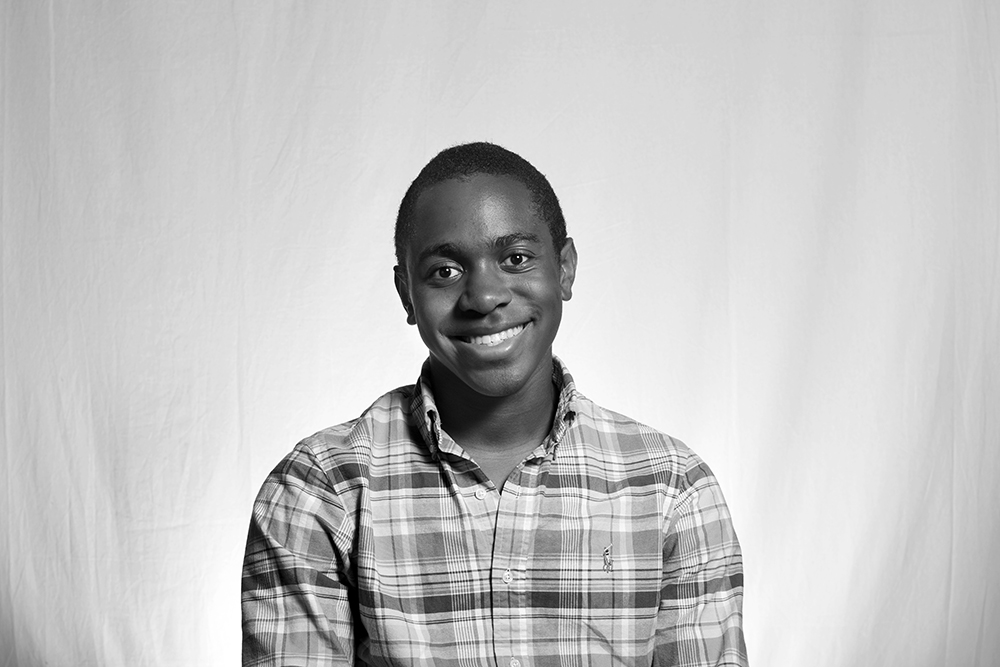Sympathy for the Black Kids

Kevin Moye | Staff Writer
In our society, race plays a factor in almost every aspect of our lives. Whether we acknowledge it or not, race often defines how we perceive other people. One of the ways in which this is commonly played out is through who we as a society direct our sympathy towards.
For the group of Catholic school boys seen in the now infamous video, race played a crucial role in their portrayal. The situation that happened in Washington last week at the March for Life rally is a prime example of the sympathy given to kids.
At this event, a large group of teens from a Catholic private school in Kentucky were taken on a trip to protest for a pro-life movement. While on the trip, the kids found themselves at the forefront of a national story after their encounter with an elder Native American, Nathan Phillips.
After more details were released about the story, the kids instantly became sympathetic figures. Suddenly, the new information about the presence of the Black Israelites excused the boys from their racially charged tomahawk gestures or their earlier acts of harassment to female passersby on the trip.
Just stop to imagine the narrative we would have heard had this been an equal-sized group of black teenagers swarming an elderly man during his peaceful protest. Would we be hearing from a PR firm for one of the boys or would we hear about the arrests made against a group of unruly teens?
Much like these Catholic teenagers, Monty from the Theory group chat is shielded from true consequences as a benefit of his whiteness. Monty has garnered much criticism for his actions, yet we can still see in the GroupMe screenshots that many of his peers came to his defense during and after the confrontation. He is given sympathy for being caught in an awkward situation started by someone being so easily offended.
In both instances, excuses were made for the white parties at every turn. In the case of the Covington Catholic kids, we have been given every excuse in the book about them being provoked initially or them just singing their school songs. The boys from the Theory GroupMe were able to provide the old “I didn’t think it was a big deal” excuse.
The ability to defend themselves and be accepted by their peers is a concept that is so rarely given to black kids in similar situations. For black kids, their actions often result in encounters with the police or harsh backlash.
While it may seem like a fairly uninteresting to topic care about sympathy given towards either of these groups, this concept of racial sympathy has far-reaching effects. The very same thought process that excuses a white kid’s acts of delinquency and castigates a black kid will be the thought process that accepts racialized policies unknowingly.
Policies such as the death penalty in North Carolina give us living examples of what racial sympathy can morph into. In 2017, North Carolina had 144 inmates on death row. Of those 144 inmates, 52% of them were black despite African Americans consisting of only 22% of the NC population.
A study conducted by Michigan State’s School of Law found that in North Carolina, a person would be 2.6 times more likely to be sentenced to death if there was a white victim in the case.
Of course, murder should always be met with heavy condemnation, but such condemnation should not just be directed at black assailants. Especially when it is the lack of sympathy for blacks that lead to disparate numbers in arrests as a result of overpolicing.
When looking at the different ways we think about people’s actions, we must be perceptive of how racial biases can still impact us. If you are quick to pardon a white child for their unruly behavior or mischief, remember to extend that same sympathy to the next black kid you see getting themselves into the same type of trouble.